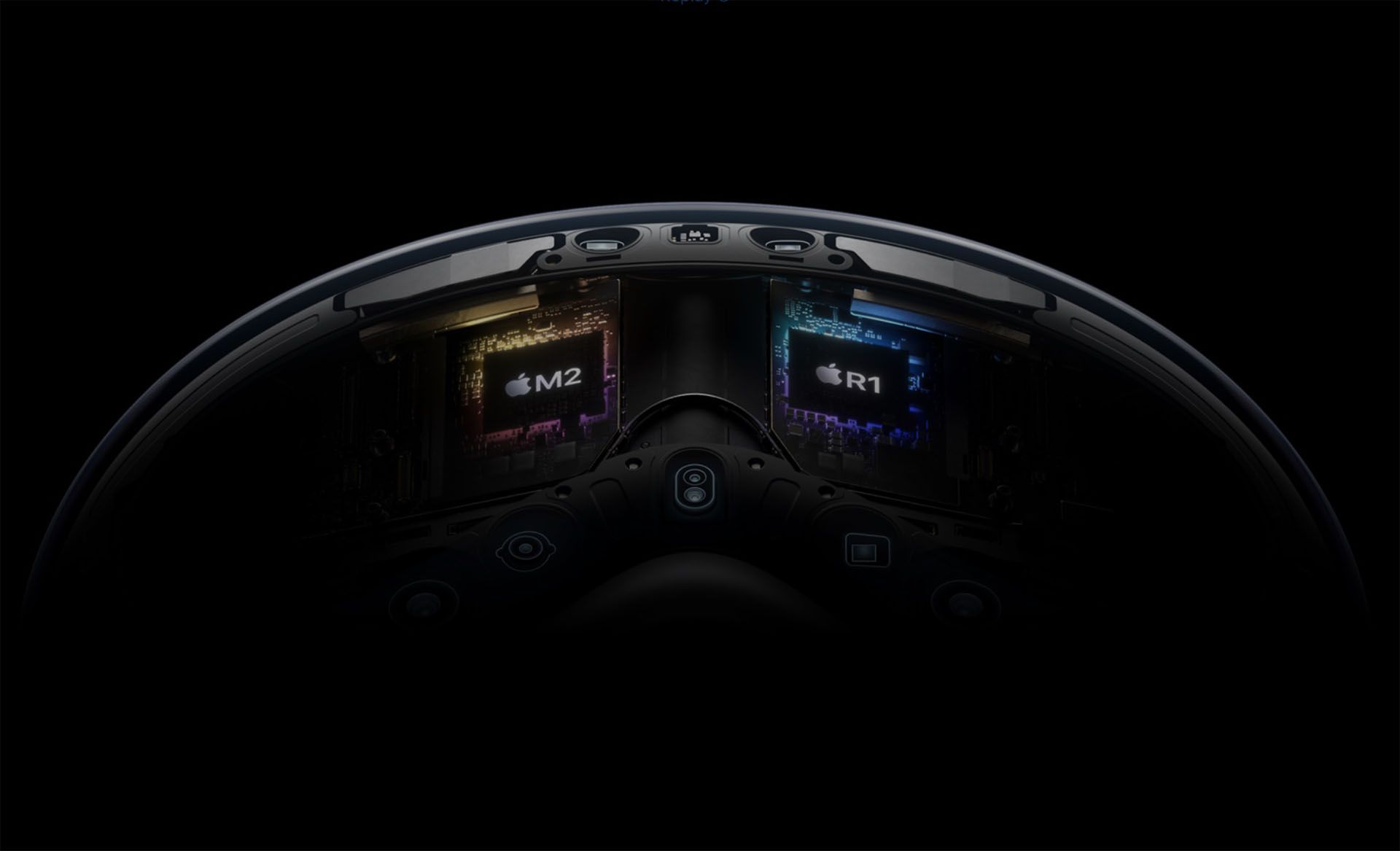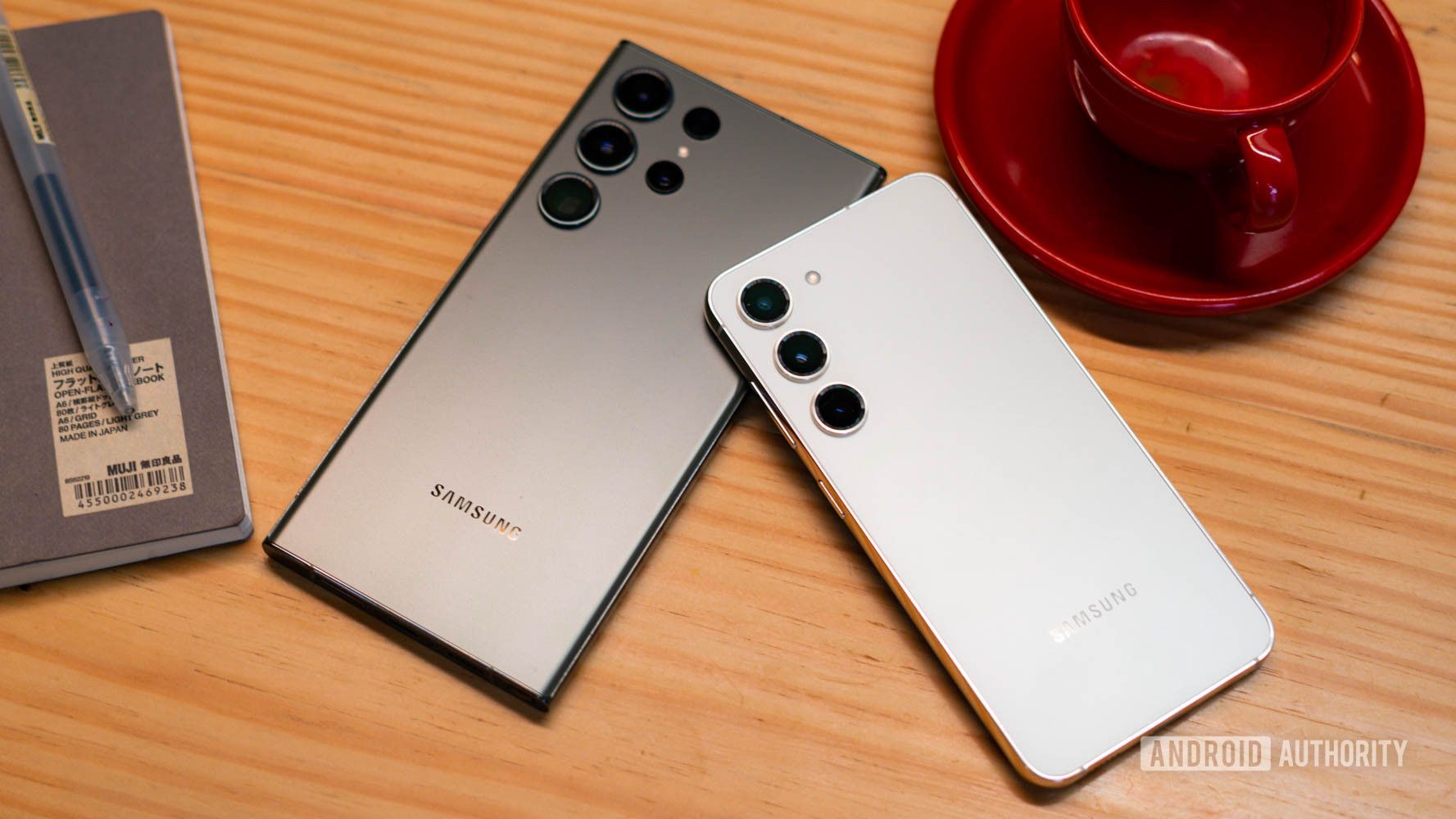Future Macs May Ship With R1-Like Chipsets Running In The Apple Vision Pro, According To New Discussion, But Not Everyone Agrees
The Apple Vision Pro is currently being marketed as a headset with two chipsets, the M2, which already powers a few Macs, and the brand-new R1. While we wait for the AR headset’s official launch in 2024 to get to know more about the R1, there is a Twitter discussion going on, talking about the possibility of future M-series chipsets being paired with a more advanced version of the custom silicon mentioned above. Of course, not everyone agrees in the thread, but we thought that the discussion would make for an interesting read.
While some believe that the R1 could be found in future Macs to deliver increased GPU performance, others think it will only be found in AR headsets
Before we begin, we want to remind readers that we have only expanded upon a discussion that was started on Twitter by Hachi Tech, who mentioned @VadimYuryev, the host of the YouTube channel Max Tech. He believes that since the Apple Vision Pro will launch in 2024, there is the possibility of future Macs with an M3 sporting an R1 chipset too.
@VadimYuryev Spring 2024 is when the headset releases, and we may get the iMacs released with the M3 and R1 with them. — Hachi Tech (@TheXinrenda) June 16, 2023
Naturally, this interesting point piqued Vadim’s curiosity, who responded that the Apple Vision Pro is proof that a product from the California-based giant is able to run two custom chipsets in unison, so it is plausible for different hardware, including Macs, to be treated with these SoCs in the future. He also states that the reason why the Apple Vision Pro is able to handle the dual 4K displays is partly due to the existence of the R1.
Interesting point here. The Vision Pro headset proves that Apple is able to use dual Apple Silicon chips together on one device to boost performance. The ONLY reason the Vision Pro can handle the dual 4K resolution with all of those pixels is BECAUSE of the R1 chip. 1/2 https://t.co/Rs2T4LTFsy — Vadim Yuryev (@VadimYuryev) June 16, 2023
In some ways, future Macs featuring a second Apple Silicon may boost GPU performance, and it could be in the pipeline because the company does not allow its latest Mac Pro to support AMD Radeon GPUs anymore. However, as expected, not everyone agrees with this speculation, stating that the R1 does not feature any CPU or GPU cores. Instead, it is a digital signal processor designed to handle the data stream from the 12 cameras present on the Apple Vision Pro.
Another individual commented that the R1 is a ‘real time’ processor designed to solve the latency problem in AR headsets, including the Vision Pro, suggesting that this kind of hardware would not be needed in any Mac, at least for now. However, we can see Apple modifying the secondary chipset to offload some of the processing away from the primary M-series SoC to the co-processor in future products, giving the main silicon some breathing room to handle the demanding tasks properly.
With the R1’s announcement, we can rest assured that the Apple Vision Pro successor will also ship with something similar. A more affordable headset is rumored to launch in 2025, so let us keep our fingers crossed to find something similar in that too. As far as Macs go, we believe that the M2 Pro, M2 Max, and M2 Ultra can already handle anything thrown in their path, and the M3 Pro, M3 Max, and M3 Ultra will be better in every way compared to their predecessor, negating the need for an R1-like chip present on the logic board. Since this is a discussion, we want to know what our readers think as well, so voice your opinion in the comments.
Source: Wccftech


